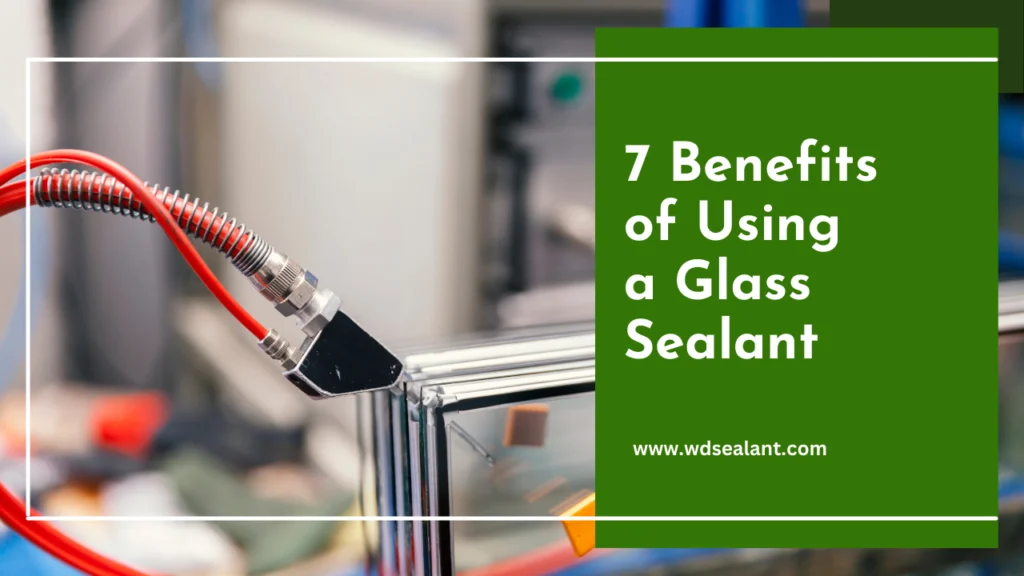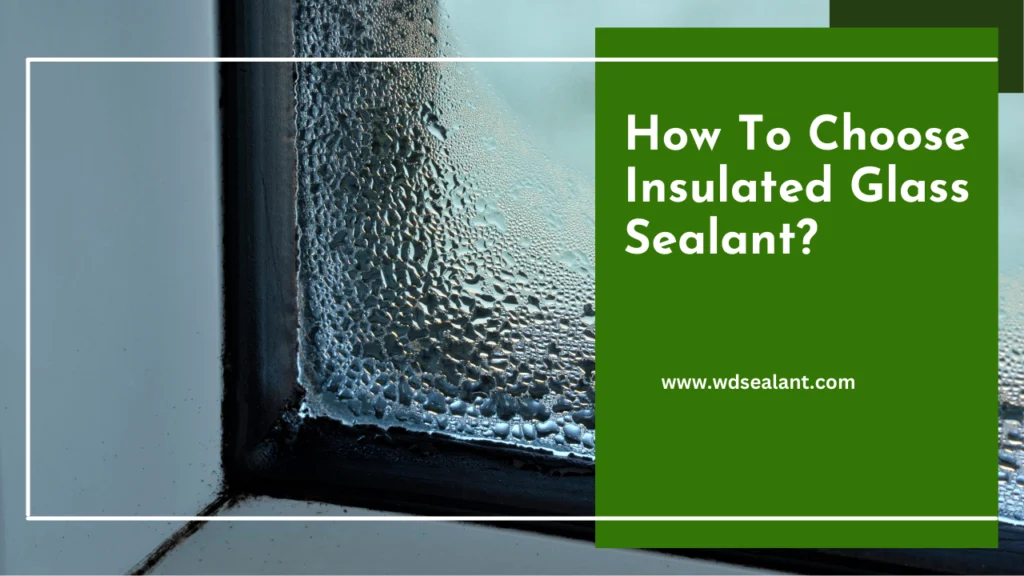This issue happens frequently: after mirrors are mounted on a wall, over time, the edges become de-silvered as the backing coat corrodes and peels away. Many consumers may assume this is just normal aging, but it’s often caused by using the wrong type of mirror sealant. Today, I’ll explain the problem from a professional and technical perspective and share which adhesive is best for mirrors.
To understand this issue, first we need to know what causes mirrors to corrode. A mirror’s back sliver layer is an extremely thin layer of silver film, typically only tens to hundreds of nanometers thick. Acetoxy or oxime-type silicone sealants release byproducts like acetic acid or methyl ethyl ketone oxime during the curing process. These chemicals can corrode the fragile silver film, leading to tarnishing or discoloration. Additionally, some sealants with high volatile content undergo significant shrinkage after curing, creating physical stress that can tear or damage the silver layer.
So, what are “curing byproducts”? Think of a sealant as a “chemical factory” inside a tube. The process where the sealant transforms from a soft paste into a solid, elastic material is called “curing” — a chemical reaction. During this process, the main polymers react with moisture in the air, releasing small molecules as byproducts—much like a factory releasing exhaust. The type of byproducts released depends on the sealant’s chemical system, and this is the key factor that determines whether it will corrode a mirror.
Table of Contents
ToggleTypes of Sealant Curing Byproducts and Their Impact
During the curing process, silicone sealants can be grouped into four types based on the byproducts they release:
Acetoxy Type
Releases acetic acid, which is distinctly acidic. When this acid comes into contact with the metallic silver backing, it forms silver acetate that can dissolve and move, causing spots or peeling. The acidic environment also damages the mirror’s protective backing paint (usually epoxy or polymer), speeding up tarnishing and flaking of the silver layer.
Oxime Type
Releases nitrogen-containing organic molecules with a noticeable chemical odor. These molecules attract moisture to the silver/glass interface, encouraging ion movement. Over time, this causes slow corrosion, making the silver layer whiten, discolor, or peel.
Thiol Type
Releases sulfur-containing molecules that have a strong, unpleasant smell and are highly reactive. Thiols bond easily with silver, creating black silver sulfide. This causes the silver layer to tarnish, fog, or peel. The corrosion worsens in humid, slightly acidic, or enclosed spaces, leading to black spots on the mirror.
Alkoxy Type
Releases mild alcohols like methanol or ethanol and has a light odor. This type is very compatible with mirror silver backing and almost never causes corrosion when applied properly.
In summary, to prevent damage, you must avoid sealants that release acidic, oxime, or sulfur-based components. The ideal choice should be non-corrosive, provide stable adhesion, and have low volatility.
What is the best mirror sealant to choose?
The Best Mirror Sealant Choice: Alkoxy Silicone
Within the silicone sealant family, the Alkoxy type is widely recognized as the most mirror-friendly option. During its curing process, it releases mild, non-corrosive alcohols, has a low odor, and offers excellent compatibility with the silver layer. Its low shrinkage rate and stable chemical properties prevent both chemical and physical stress on the silver backing.
MS Polymer sealants are another ideal solution
Based on a different technology, they also have a neutral cure and are completely free from any corrosive substances like acids, oximes, or sulfur compounds. MS Polymer combines the weather resistance of silicone with the adhesive strength of polyurethane, making it eco-friendly, odorless, and perfectly compatible with mirrors.
If you are facing this issue, we highly recommend our MS Polymer Sealants: WD188, WD166, and WD136 are excellent choices that ensure perfect compatibility and provide durable, reliable adhesive performance. As a sealant manufacturer with our own laboratory and professional R&D team, Weidu offers not just products, but also professionalism and dependable trust.
Why Do Consumers Buy the Wrong Sealant?
Most consumers aren’t aware of sealant classifications like “acidic,” “neutral,” or “mirror-specific,” and often don’t understand “curing byproducts.” They see “Glass Sealant” on the package and assume it works for mirrors. However, glass is not a mirror, and “neutral” doesn’t mean safe for all materials. To make matters worse, many sellers lack professional knowledge and may recommend unsuitable products just to make a sale, while misleading packaging often fails to warn about corrosive effects. Therefore, always check the label when selecting mirror sealants, and look for keywords like: “suitable for mirror silver backing” or “for use on metal-glass composites.”
Now that you understand the science behind it, you have the expertise to make the right choice of mirror sealant. Choosing the right sealant not only protects your household items but also safeguards a long-term investment—just like you choosing Weidu!


